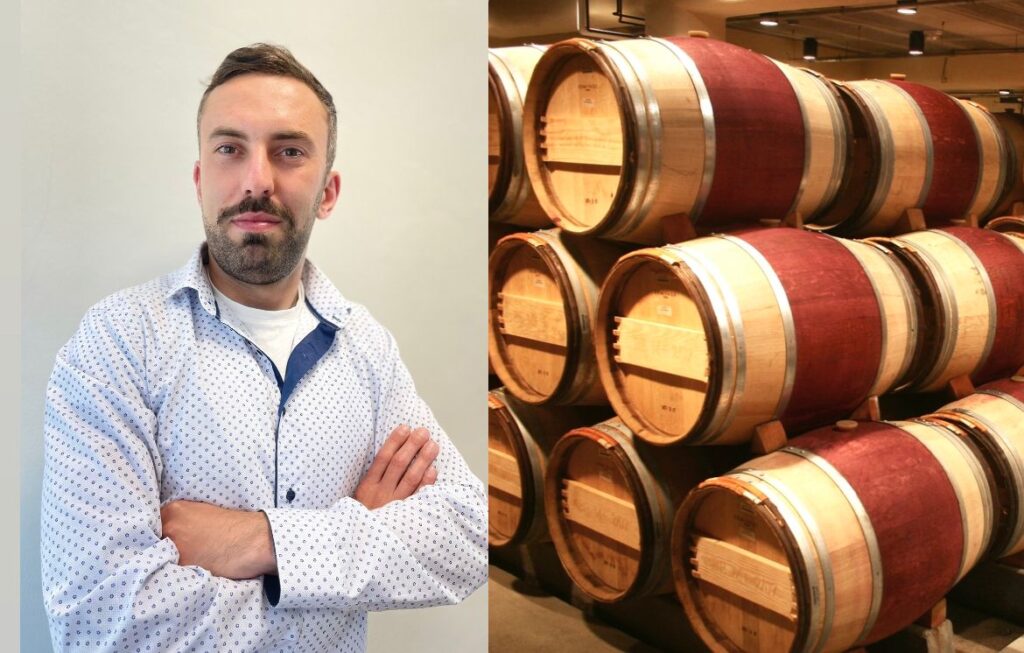The world of wine, long defined by tradition and heritage, is undergoing profound change. In 2025, the global wine market is experiencing a delicate balance between honoring the old and embracing the new. While the romanticism of vineyards and cellars persists, the business of wine is becoming increasingly dynamic, diverse, and digitally integrated.

A Global Snapshot
The global wine market is currently valued at over $340 billion, maintaining stable growth despite economic uncertainty and shifting consumption patterns. Europe continues to dominate production, with France, Italy, and Spain leading the charge. However, countries like the United States, Chile, Australia, and South Africa are rapidly expanding their influence, particularly in exports and innovation.
Meanwhile, the Asia-Pacific region has emerged as a major consumption hub. China’s growing middle class, Japan’s premium wine culture, and South Korea’s rising interest in Western lifestyle products are contributing to a surge in demand for both domestic and imported wines.
The Rise of Premium and Purposeful Wine
Consumer tastes are moving upmarket. More people are seeking wines that tell a story—crafted with care, rooted in place, and made with integrity. Small producers, organic vineyards, and biodynamic farms are gaining attention, while mass-market labels face increasing scrutiny.
Natural and low-intervention wines, once on the fringes, are now firmly part of the mainstream conversation. Among younger consumers especially, transparency and sustainability are as important as flavor and price.
Technology in the Vineyard and Beyond
Technology is reshaping nearly every aspect of the wine business. Vineyards are using AI and drones to monitor crops, manage irrigation, and predict harvest quality. In the retail and marketing space, e-commerce continues to boom, fueled by mobile apps, subscription services, and direct-to-consumer platforms.
Digital engagement, from virtual tastings to AR-enhanced wine labels, is bringing the tasting room experience into consumers’ homes. Blockchain is even being used by some producers to verify provenance and combat counterfeiting in the fine wine sector.
Changing Lifestyles, Changing Preferences
Health-conscious consumers are drinking more mindfully, giving rise to a growing market for low-alcohol and alcohol-free wines. These alternatives—once relegated to novelty status—are now enjoying serious investment and innovation. Wines infused with botanicals, adaptogens, or functional ingredients are also carving out a niche.
This shift reflects broader lifestyle changes: wellness culture, moderation, and ethical consumption are increasingly driving decisions at the point of purchase.
Climate Pressure and Environmental Risk
Few industries are as climate-sensitive as wine. In 2025, vineyards around the world are grappling with the impact of extreme weather, from droughts in Spain to unseasonal frosts in France. As a result, traditional wine regions are having to adapt their grape varietals and farming methods, while new players—from Scandinavia to Canada—are entering the viticultural map.
This volatility is accelerating the push toward sustainable and regenerative practices. Consumers now expect eco-conscious production methods, and many wineries are responding with certifications, reduced packaging, and carbon-neutral goals.
The Regulatory Landscape
The wine trade is increasingly complex. Geopolitical tensions, tariffs, and changing import-export rules continue to disrupt global supply chains. Post-Brexit adjustments and evolving EU regulations have reshaped access to key markets, while in the U.S., state-by-state distribution laws remain a major barrier for producers.
Producers and distributors must now navigate a web of compliance challenges to remain competitive internationally.
Connecting with a New Generation
Younger consumers—particularly Millennials and Gen Z—represent both a challenge and an opportunity for the wine industry. While this demographic is less likely to drink wine regularly compared to previous generations, their preferences are shaping product development, branding, and marketing strategies.
Storytelling, sustainability, and social values are essential to earning their loyalty. Wineries that can connect emotionally and digitally with this audience are more likely to succeed.
Markets on the Rise
Opportunities abound in emerging markets. India’s growing urban class, Brazil’s expanding middle-income population, and Southeast Asia’s interest in Western dining habits present strong potential for future growth. These markets, while requiring education and cultural sensitivity, are rapidly maturing in terms of both awareness and accessibility.
A New Era of Wine Tourism
Wine tourism is enjoying a renaissance. With international travel back in full swing, wineries are offering immersive experiences that go far beyond tastings. From vineyard yoga and cooking classes to sustainability tours and luxury retreats, the wine experience has become a lifestyle offering—blending culture, wellness, and gastronomy.
Looking Ahead
The global wine market in 2025 is more complex, creative, and connected than ever before. Innovation and tradition now move side by side, shaping a future that respects the past while embracing the possibilities of change.
For winemakers, investors, and consumers alike, the next few years will offer both challenges and remarkable opportunities—as long as they’re ready to adapt, engage, and evolve.